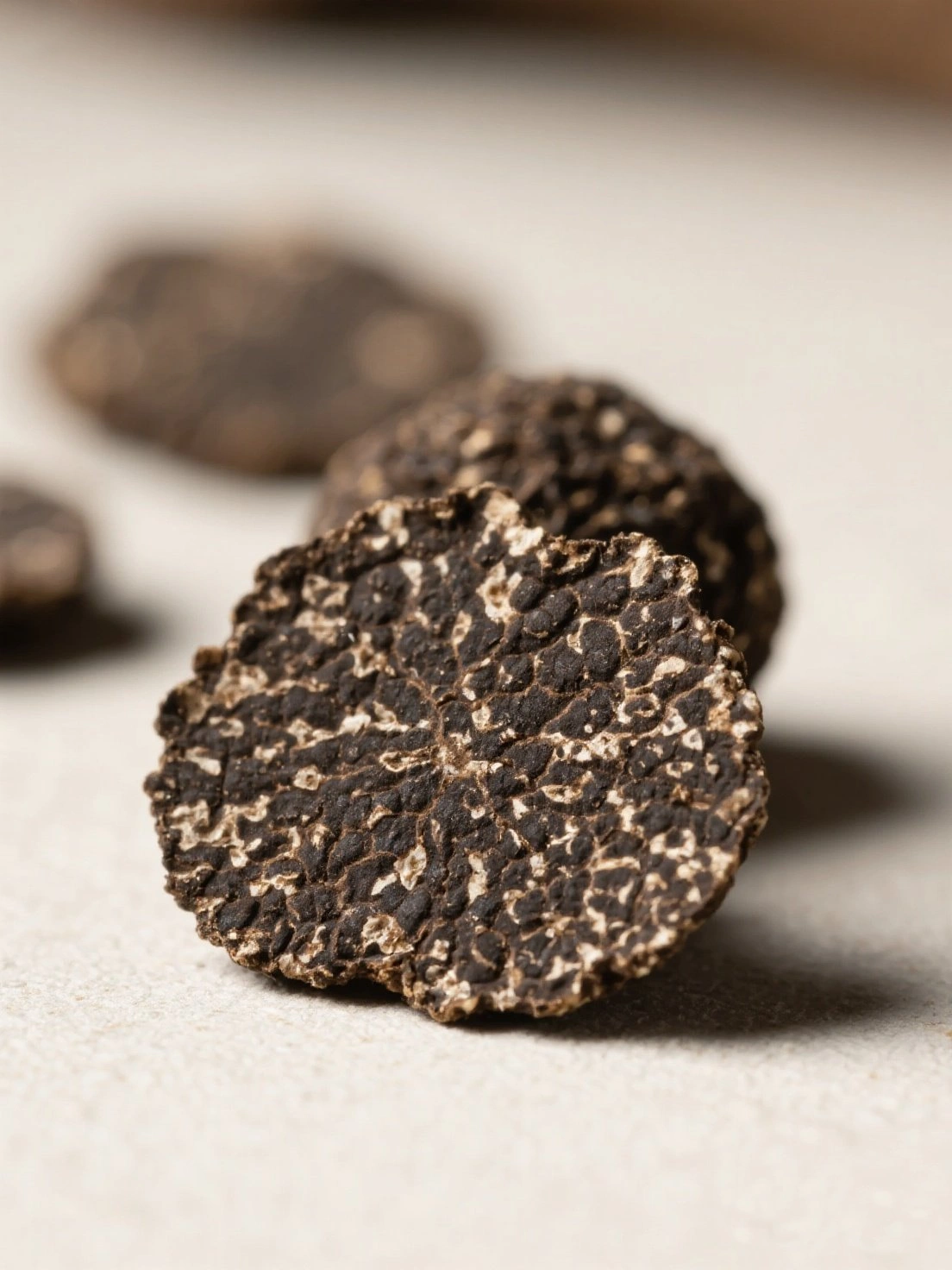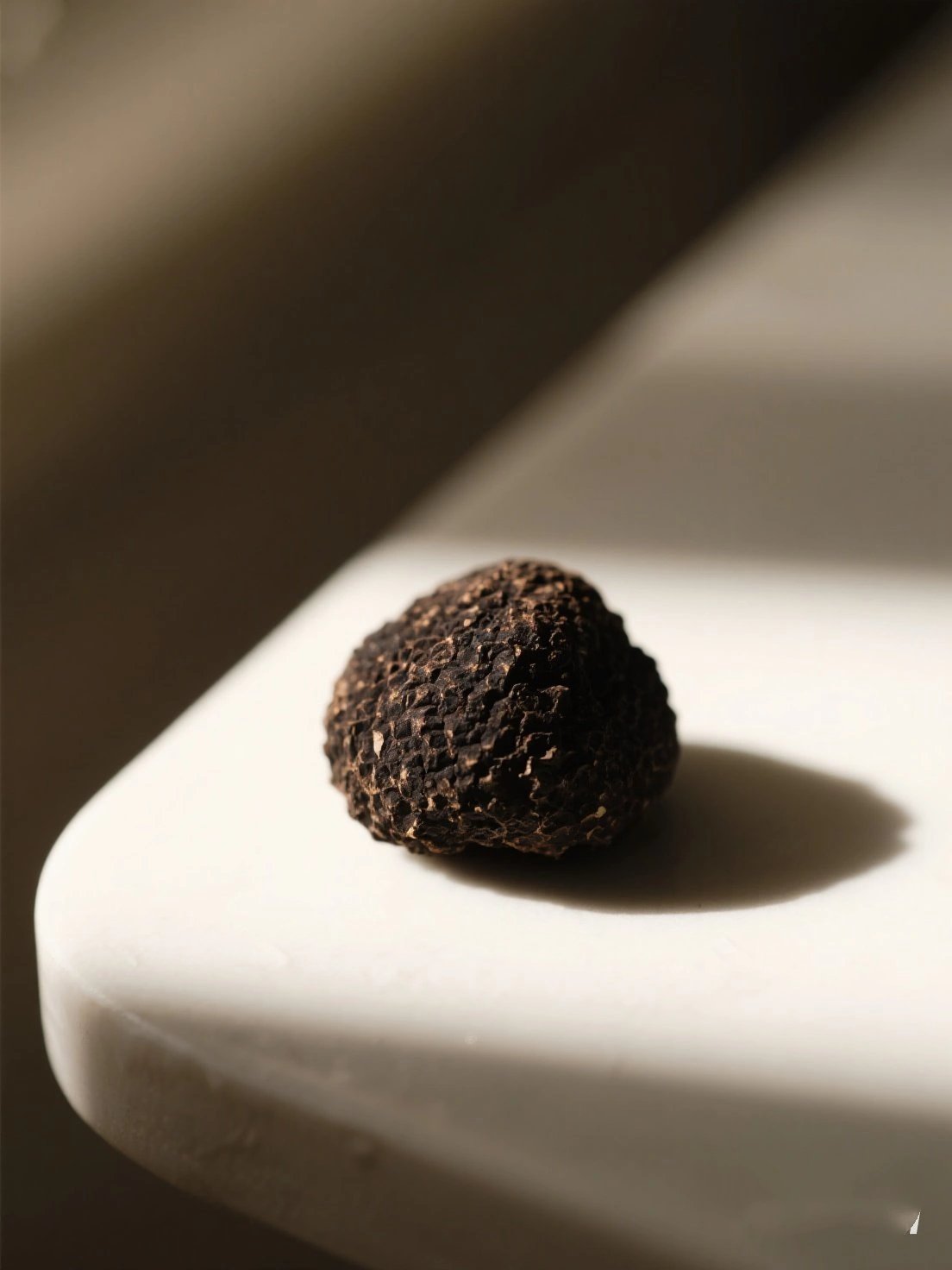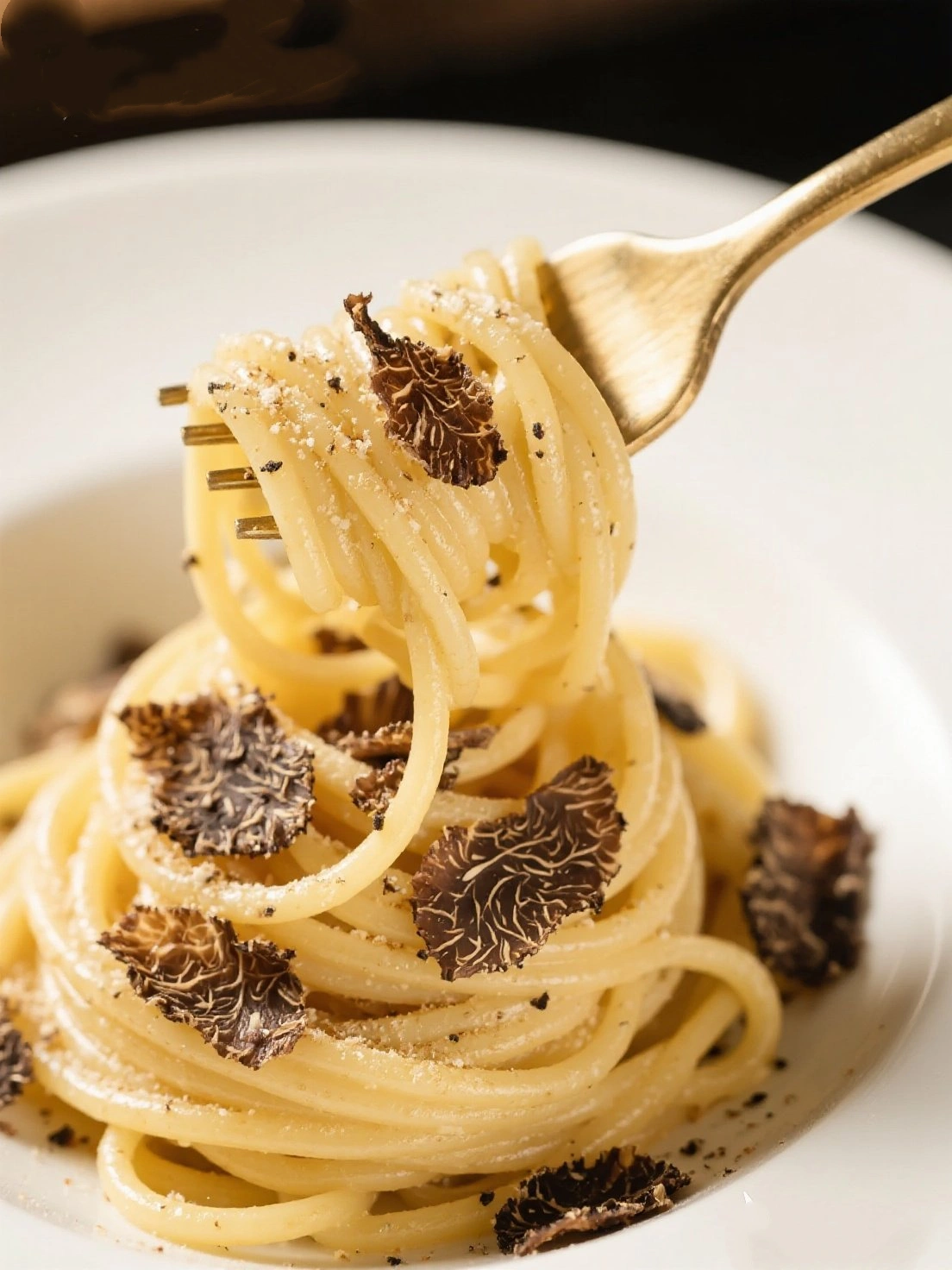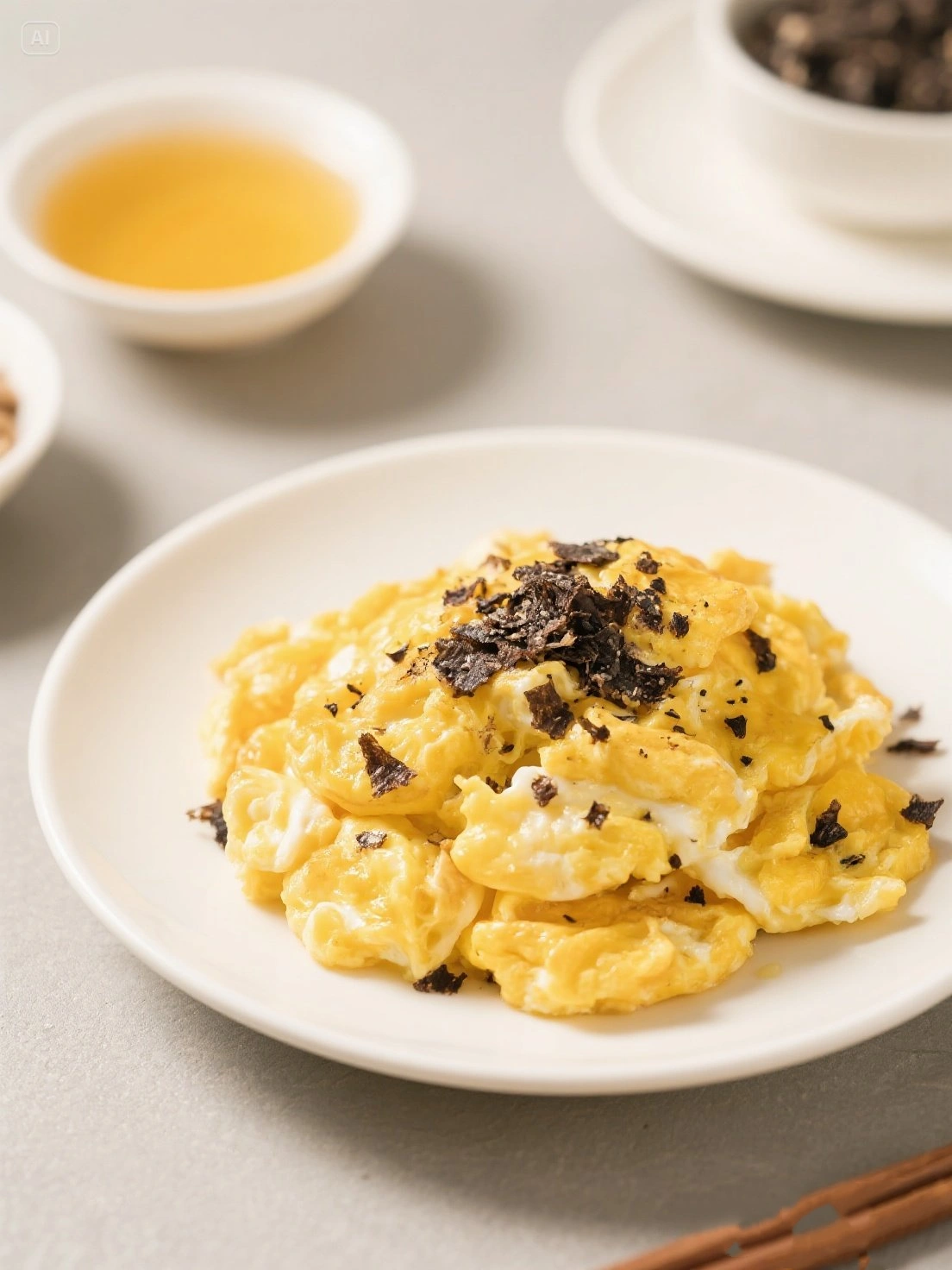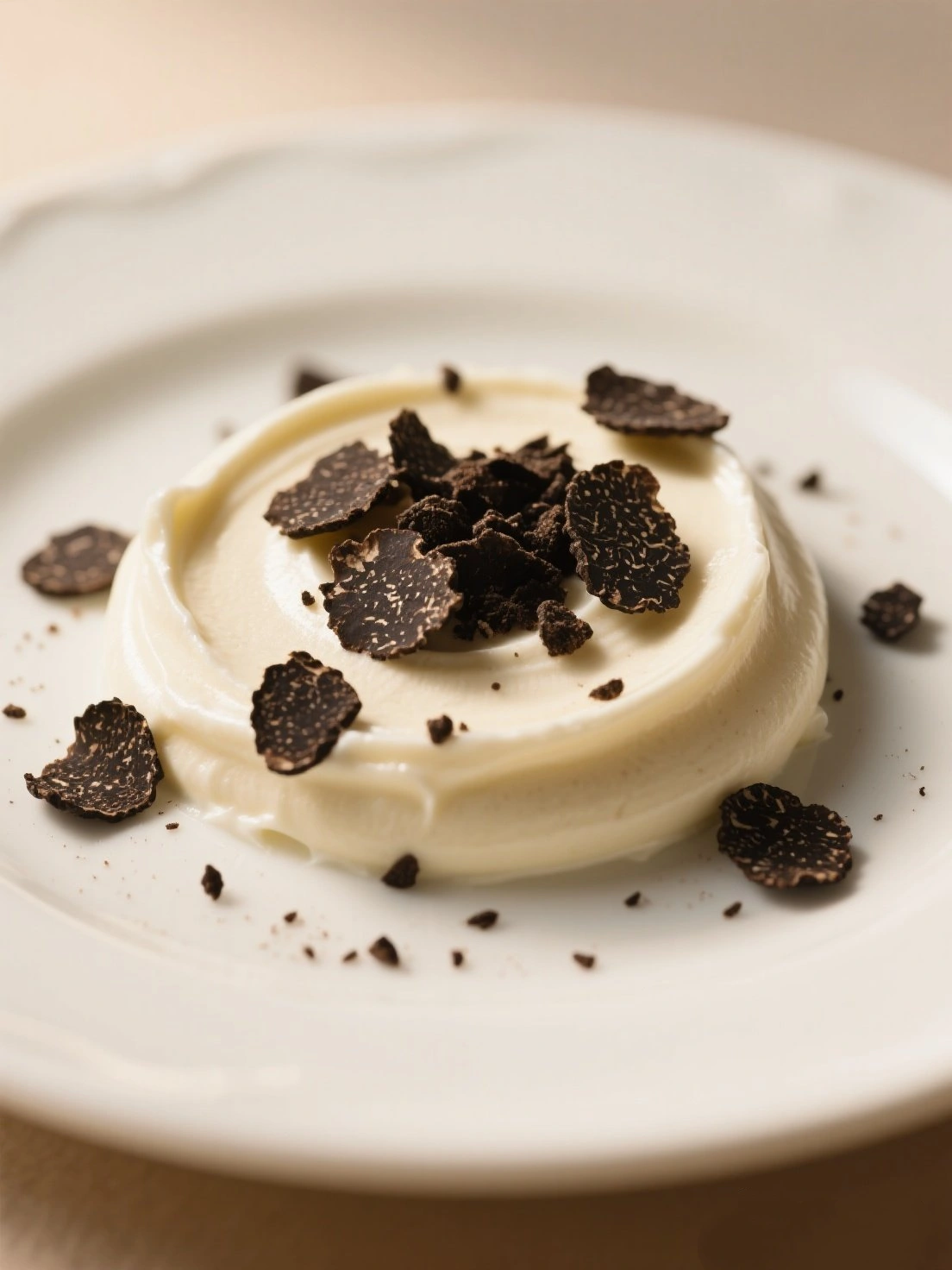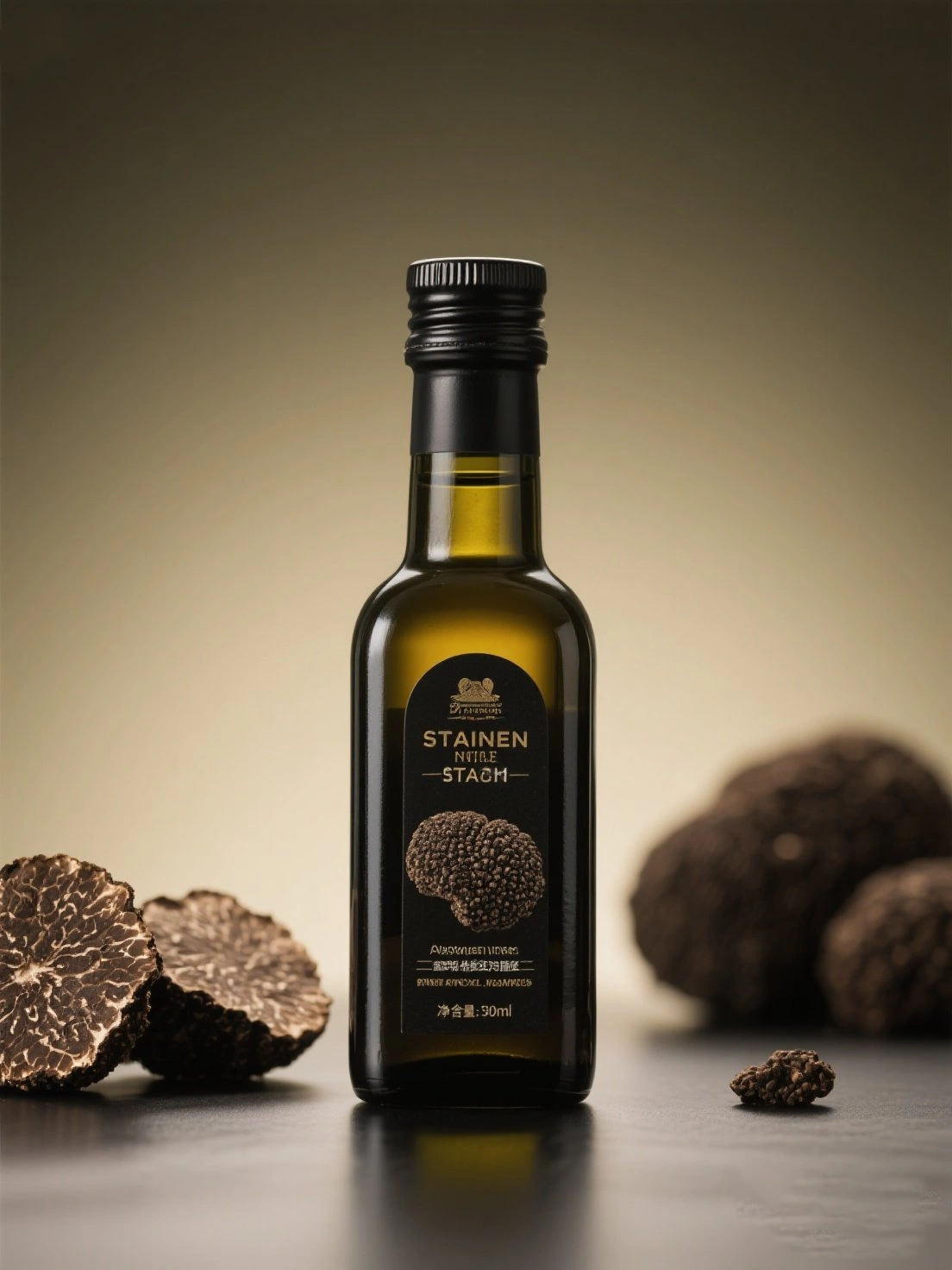The black truffle (Tuber melanosporum), known as the "black diamond" of gastronomy, is one of the world's most prized and expensive culinary ingredients. These subterranean fungi grow in symbiotic relationship with the roots of certain trees, particularly oaks and hazelnuts, developing their intense aroma underground.
Black truffles have been revered since ancient times - the Babylonians and Romans considered them aphrodisiacs. In Chinese cuisine, black truffles (黑松露) gained popularity in recent decades as a luxury ingredient, often featured in high-end Cantonese dishes and fusion cuisine.
Unlike white truffles which are best eaten raw, black truffles develop their full flavor when gently heated. They have a complex aroma often described as earthy, nutty, and slightly chocolatey with notes of forest floor and dried fruit. The most prized specimens come from France's Périgord region, though quality truffles are now also cultivated in China's Yunnan province.
